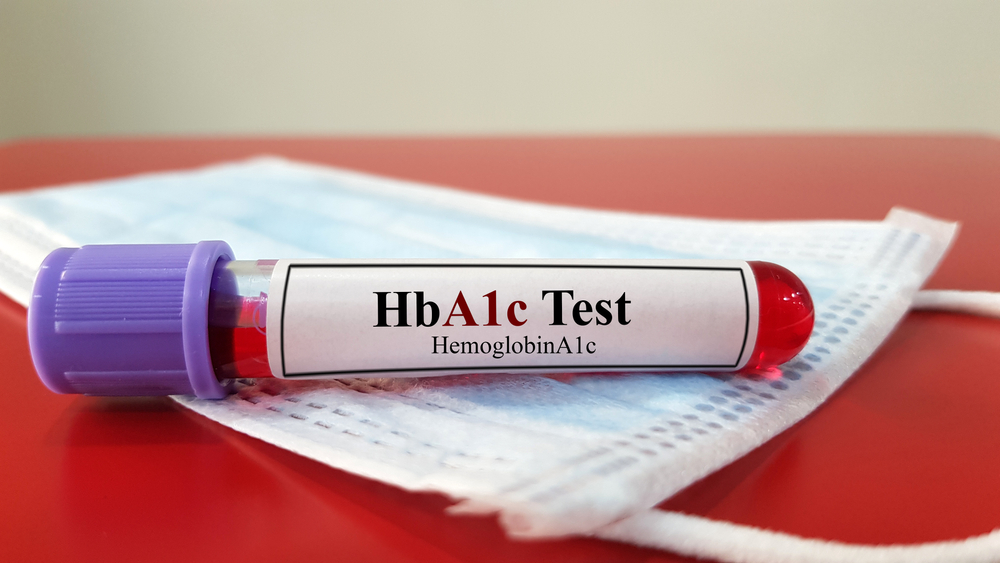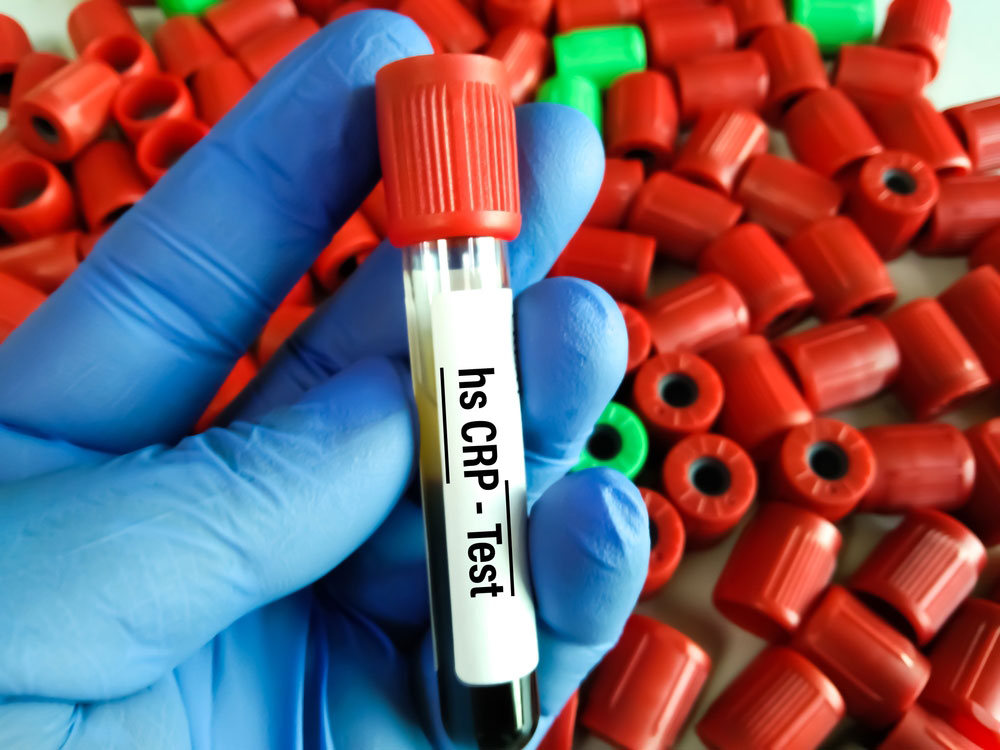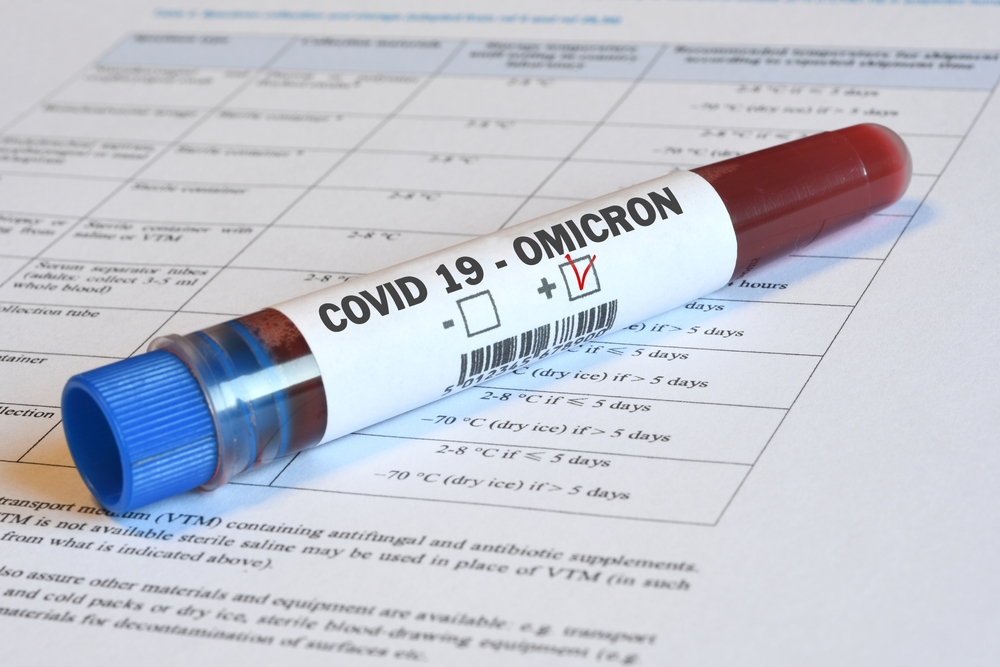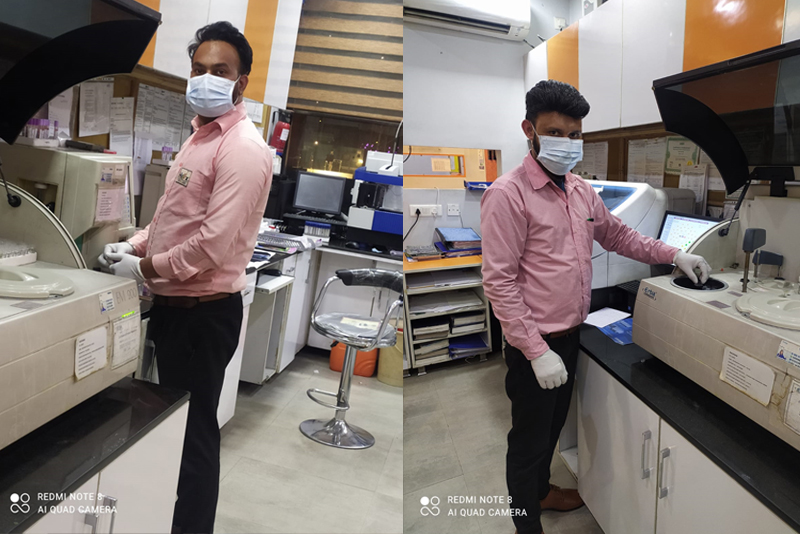Mental Health Special: Tips to Ease Stress Levels
If the reports are to be believed, Tricity residents are increasingly investing in therapy for mental wellbeing. While this is a great move to keep a tab on your mental health, it is alarmingly unsettling for the next generation. For the city beautiful to see a surge in people seeking professional help for their mental health is a matter of concern. This only tells how stress has engulfed the city in its grip.
The problem is so grievous that even children including teenagers and middle school students have started to complain of irritable mood, lack of focus, and poor behavioral health. The situation led to the launch of a dedicated helplineby the UT education department.
In light of this situation, Dr Adarsh Kohli, professor of clinical psychology at PGIMER says Children are being deprived of social learning and learning by observation and parents have to ensure that more interactive methods of play and study are practised at home.
How to Relieve Stress?
Regardless of how the dedicated departments are taking care of this situation, the rise in stress levels at an alarming rate should not be neglected. Take a look at simple anti stress ways to combat stress levels.
- Talk it Out
Nothing better than opening up. If you are feeling stressed, chances are you have been bottling up emotions for quite some time. The best way to tackle this is by banking on a close friend, parent or colleague you share a good relationship with. Talk about everything that bothers you.
Sometimes all you need is assurance and the right company; enough to stir a warm conversation to make you feel better.
- Introspect
Most times stress is due to an underlying reason, situation or trauma that never came to the surface. Be kind to yourself and do not judge this process. Either calmly talk yourself through it or think about what is causing the stress or anxiety.
It could be something as minor as a project deadline or as grave as childhood trauma. Either way, you are halfway through the process once you detect the cause behind it.
- Right Diet
We often vouch for chocolates to help with the pain and sorrows. While it does help to an extent, it cannot be the ultimate go-to remedy. If your stress levels are on the rise, you should immediately observe your eating habits. A lot of people dealing with food addiction suffer from trauma and stress. Junk food and binge eating become a safe lifestyle for them.
Fatty, sugary foods not only leads to weight gain and grave health problems, but it also increases the symptoms of stress. Eating fresh, seasonal fruits and vegetables will uplift your mood, fix your metabolic rate, and help you stay active.
- Exercise
Exercising here relates to staying physically active. Stress has a lot to do with endorphins that get released when the blood flows throughout the body. It improves the mood and helps you get rid of toxins.
A brisk walk in the evening or taking the stairs is a great way to get active.
- Medical assistance
Nothing tells you more about your body than health test reports. Chronic stress puts your health at risk with the increase in the primary stress hormone, cortisol. Apart from that, the other two major stress hormones, norepinephrine and adrenaline also play a crucial role in inducing stress in the body.
A great way to keep a check on stress levels is by getting tested for stress by a NABL accredited lab like Helix Pathlabs.
Mental illness or stress should not be taken lightly. One should be careful of the daily habits and activities to curb stress levels. Keep a tab on your stress levels by getting tested regularly and visiting a specialist.












